Game-based STEM tools to inspire the next generation of inventors
See PlayPiper.com
I co-founded Piper Learning Inc. to create the Piper Computer Kit - a DIY STEM kit to inspire kids to learn about technology by building their own wooden Minecraft computer. Endorsed by Apple cofounder Steve Wozniak.
Successfully scaled the company from a $300K Kickstarter, to fundraising over $10M, from seed to Series A.
Led the engineering, design and manufacturing of the Piper Computer Kit from concept to customer - fusing the
mechanical, electrical and software domains.
Shipped product to over 80 countries and inspired over 100,000 kids to build their first computer.
Served as interim CEO in 2018, responsible for overall company operation and managing a multi-million dollar P&L
across B2C and B2B education channels.
As startup founder executed in all aspects of the business including engineering, design, manufacturing, operations,
sales and marketing, recruiting, investor relations and fundraising.
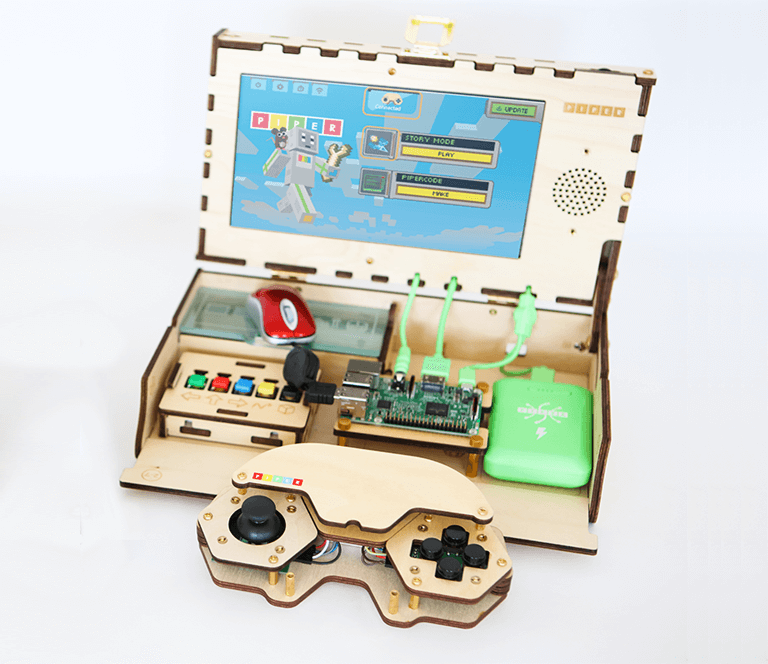
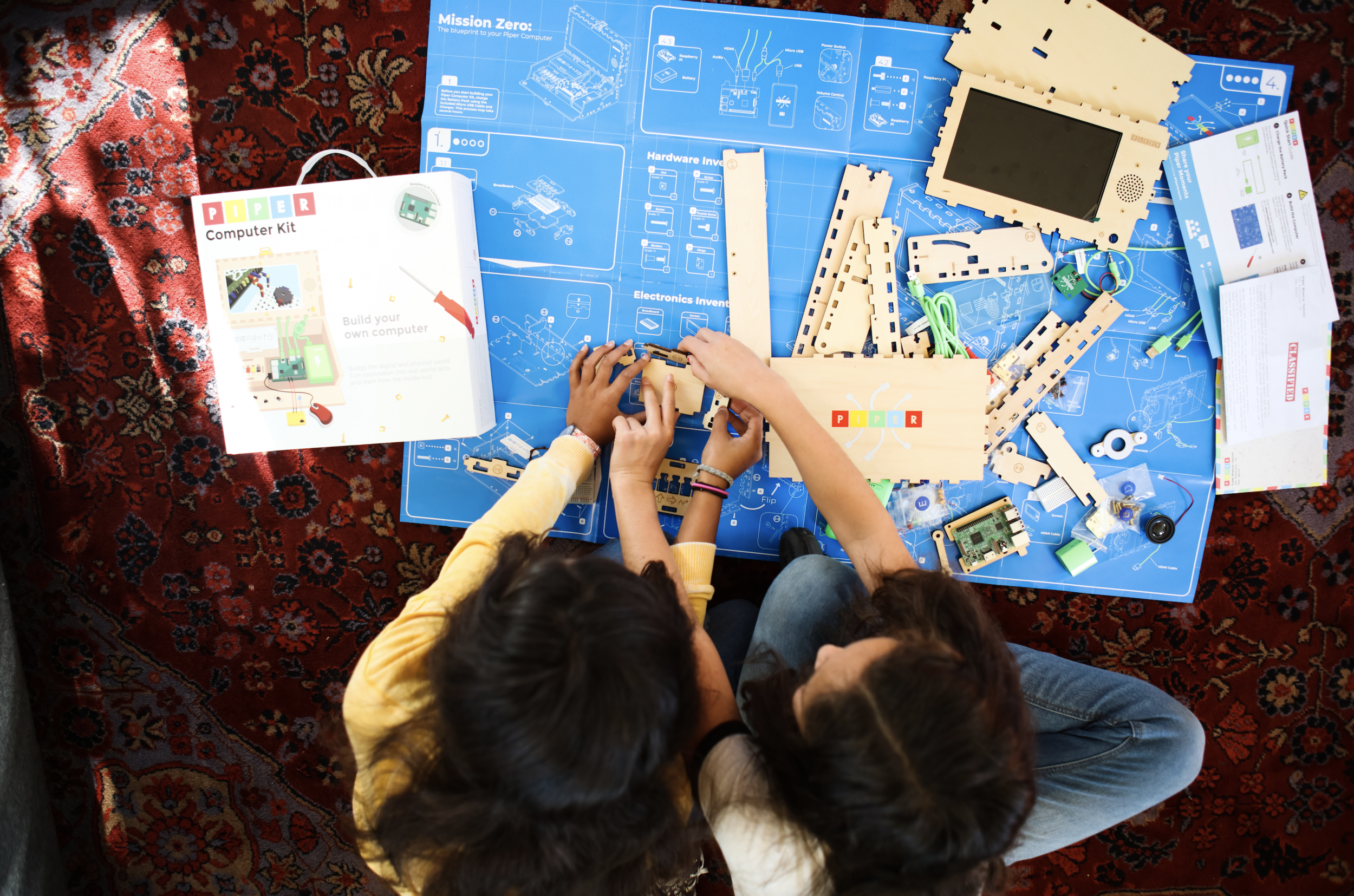

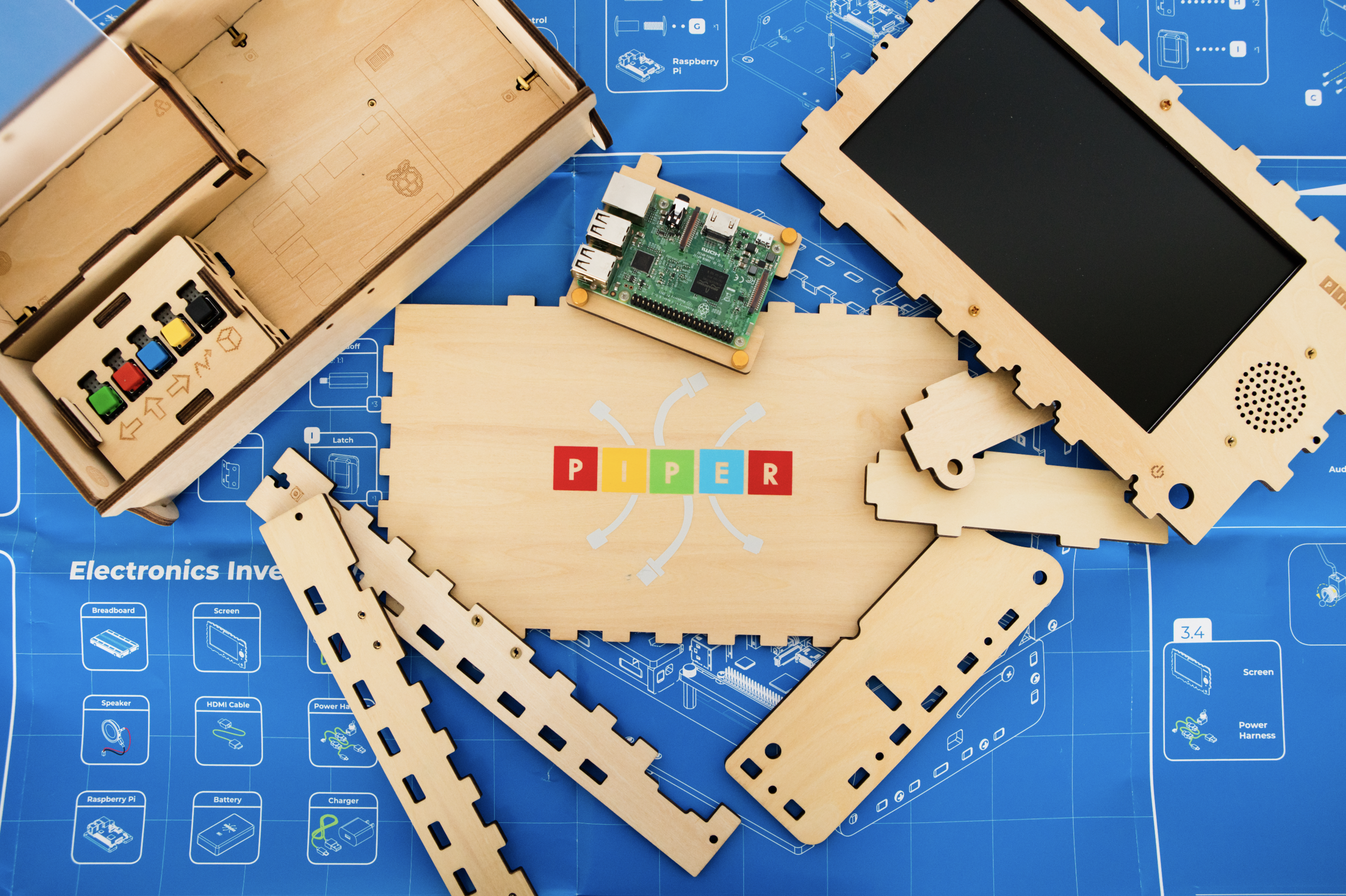

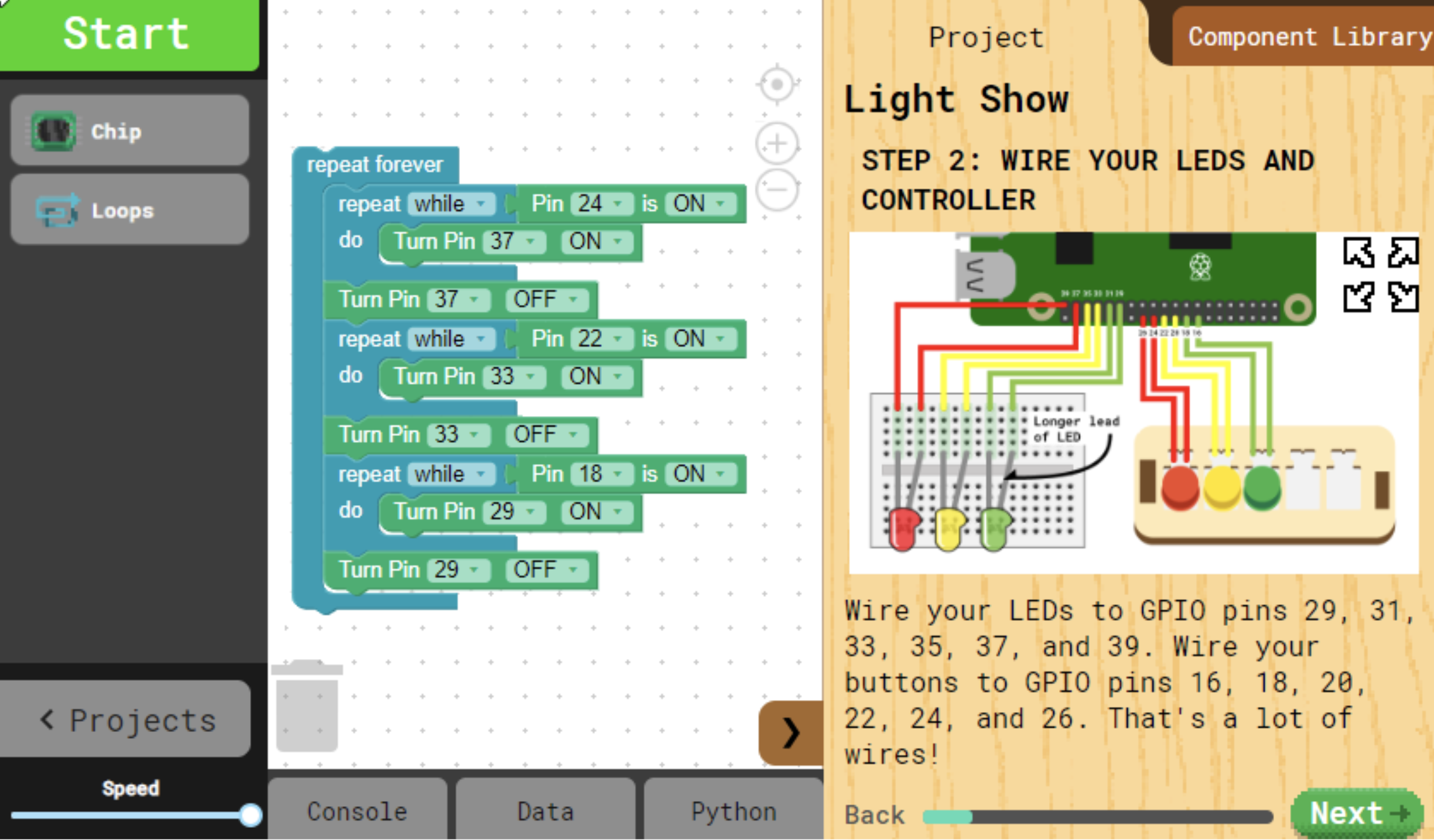


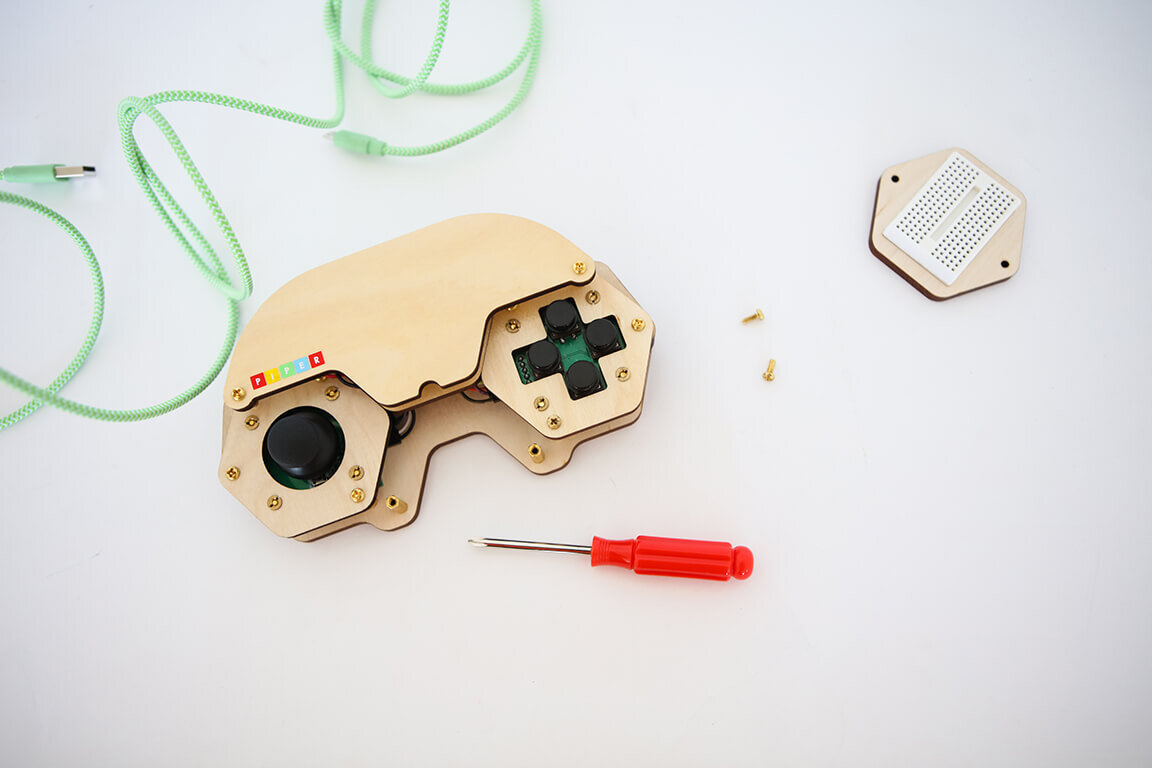
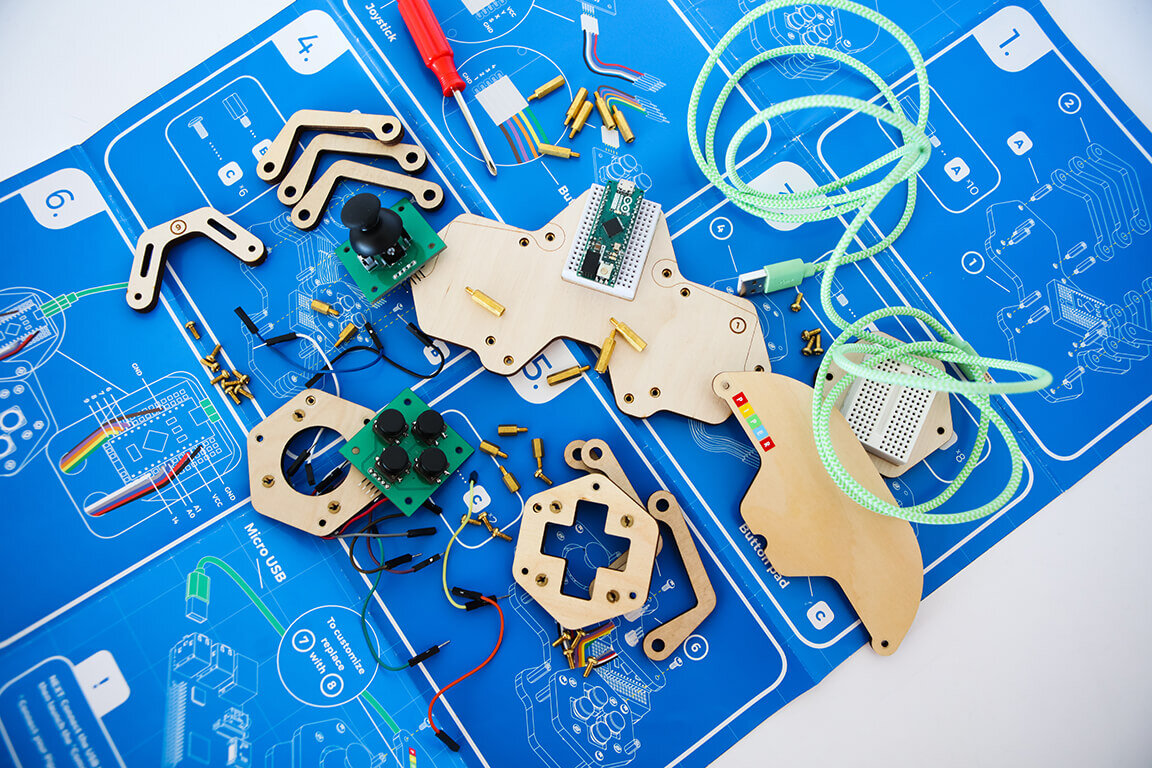

Narrative-driven teaching
I wrote and directed the script that created the Piper storyline to engage kids on a journey of learning through engaging a narrative. I was inspired by my own childhood of playing adventure games (the Lucasarts adventure games of the 90s like Monkey Island, and Full Throttle were very influential on my design mindset) and wanted to recreate that sense of mystery, wonder, and drive towards solving an overall problem. You play PiperBot, a robot that wakes up on Mars and has to save earth from a large block of cheese that is on a collision course with Earth…. A ridiculous premise, but I found from user testing that an overarching narrative was key to engaging kids in an adventure right out of the box.
3D simulations to teach complex ideas
One of the most unique aspects of the Piper story is the use of a 3D virtual world to guide users on how to physically build electronics and program. For example, instead of abstract electrical schematics or circuit equations, kids are shown a 3D physical representation (low-poly) of the building challenge , such as how wires are placed in a breadboard - and are spatially guided on how to complete the task. The game is able to physically sense when users correctly complete wiring challenges and so in this way I think the most powerful idea behind Piper is what I sometimes call “Computer Aided Learning” - where the machine is physically sensing the learner in real-time, and providing continuously realtime feedback. The machine teaches you how to learn the machine.

